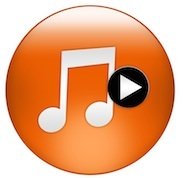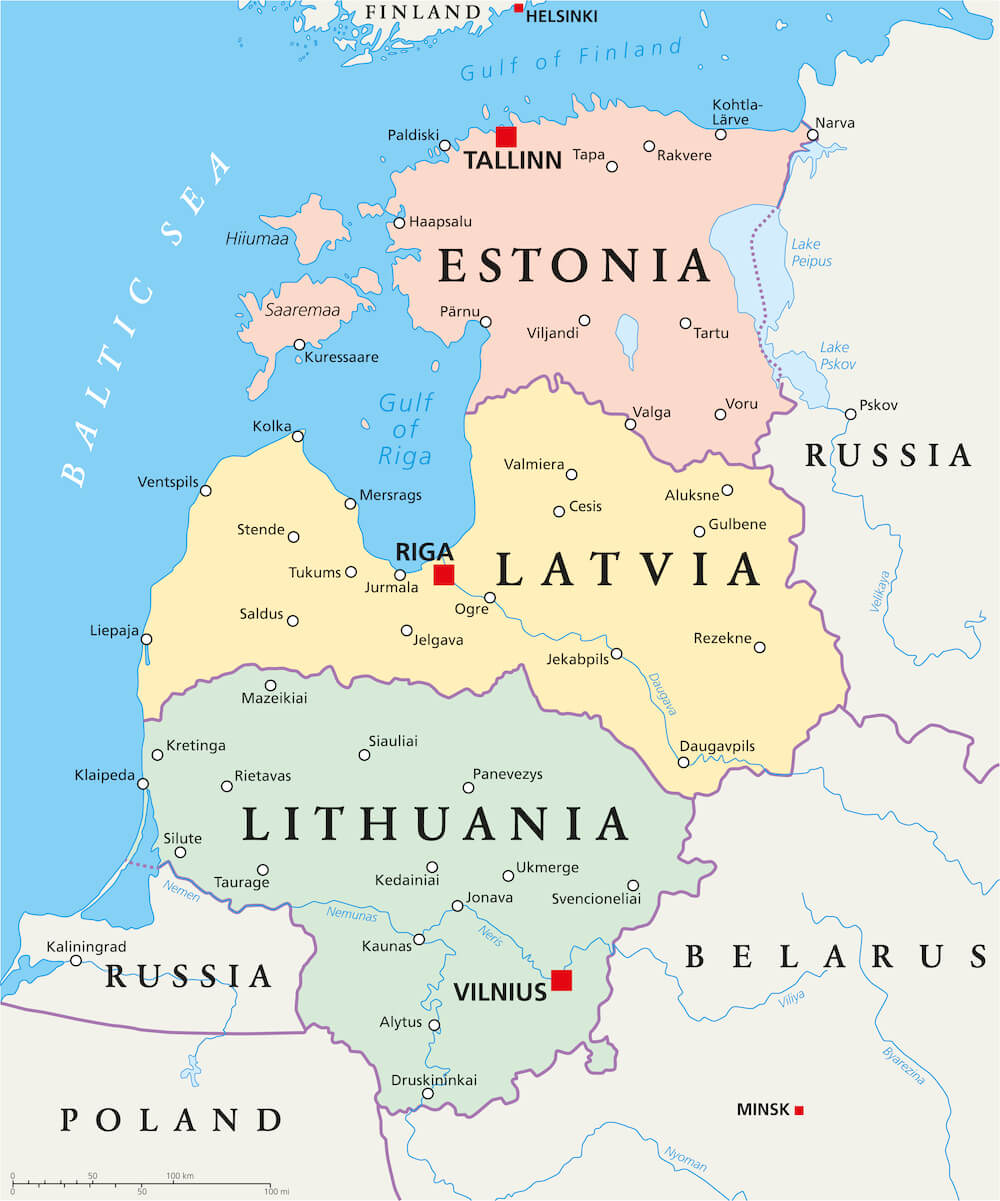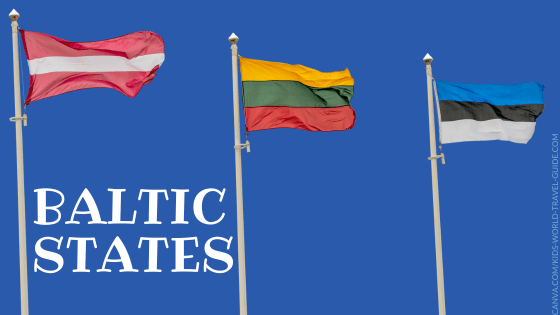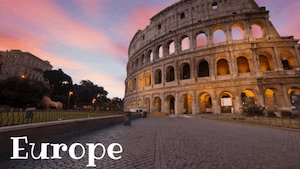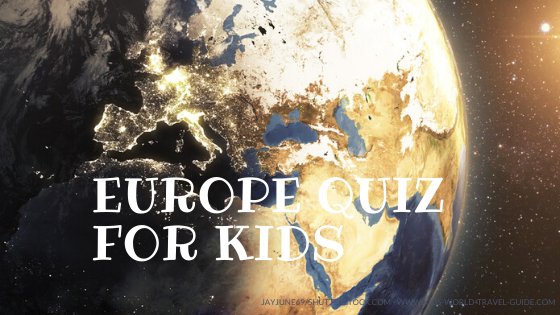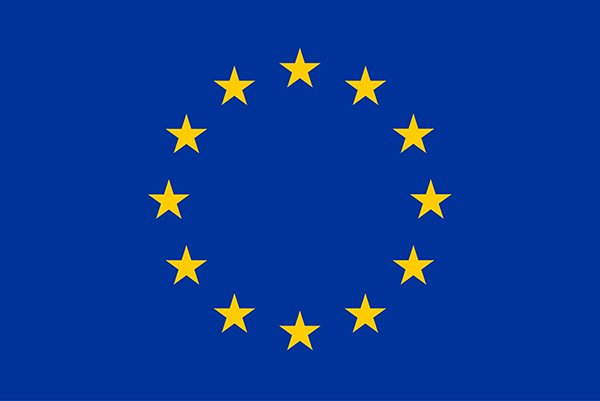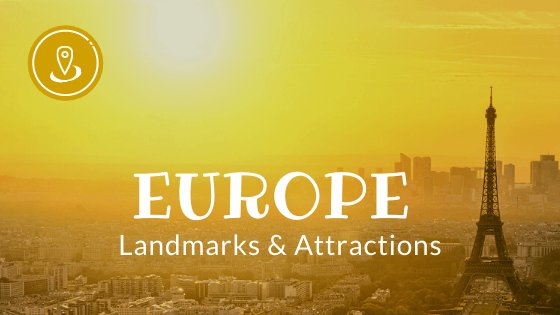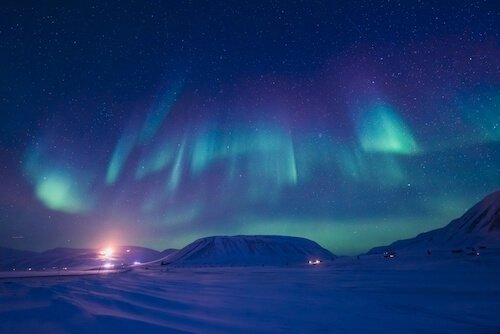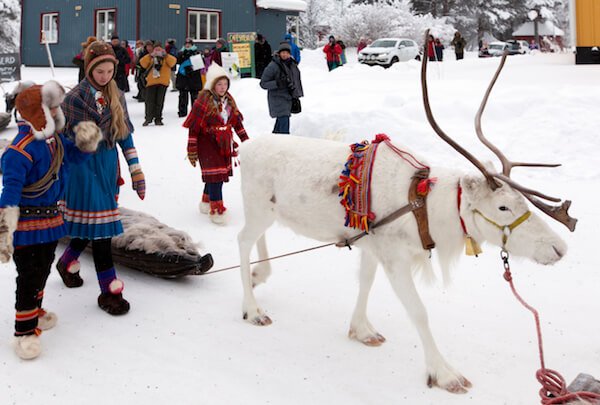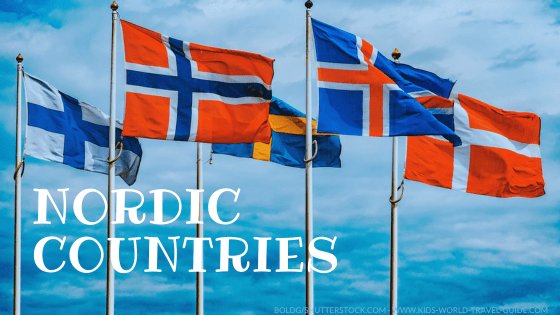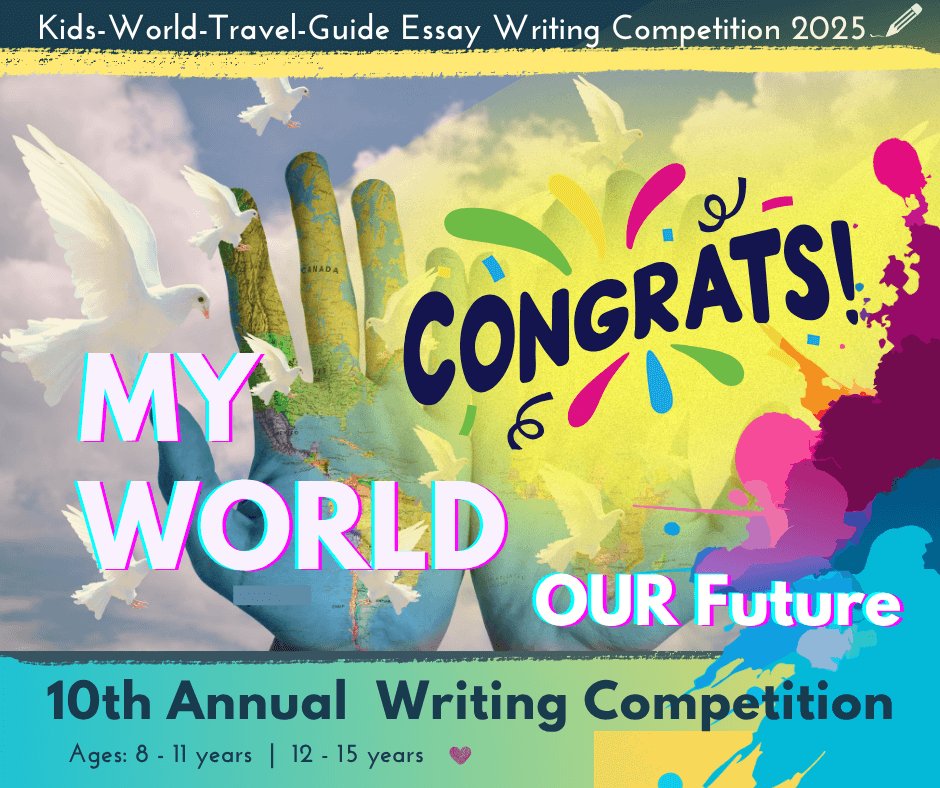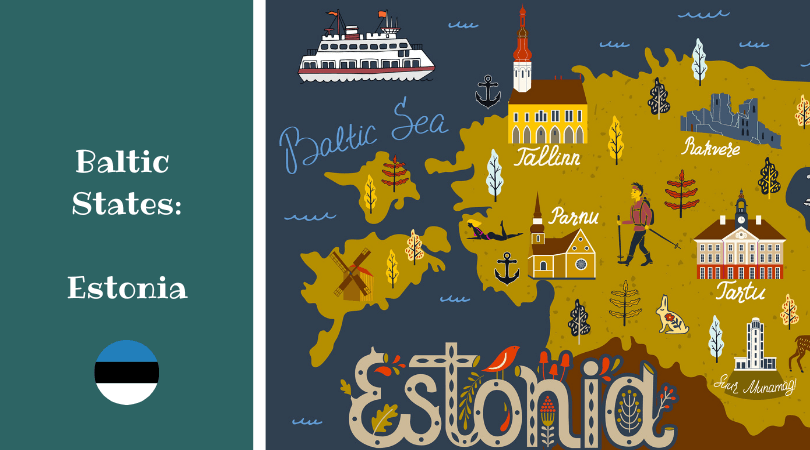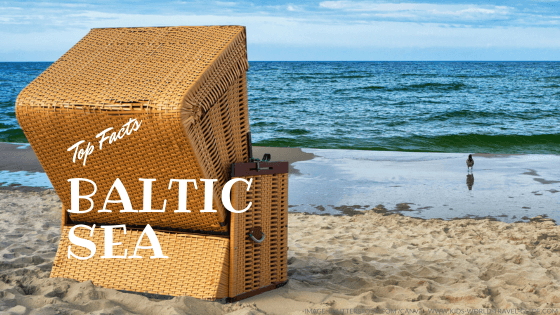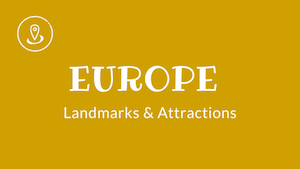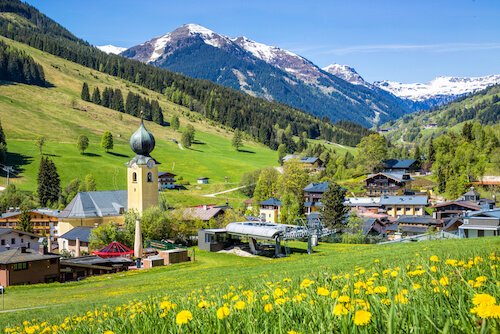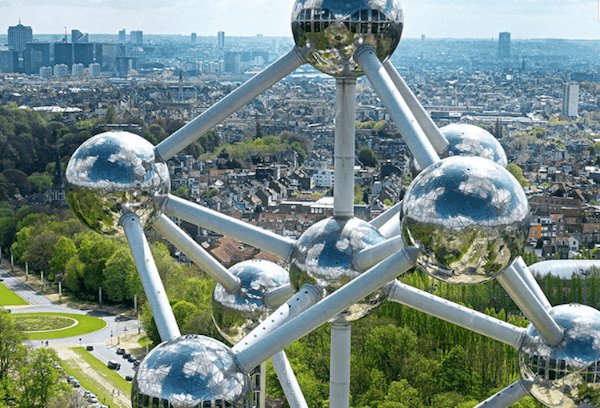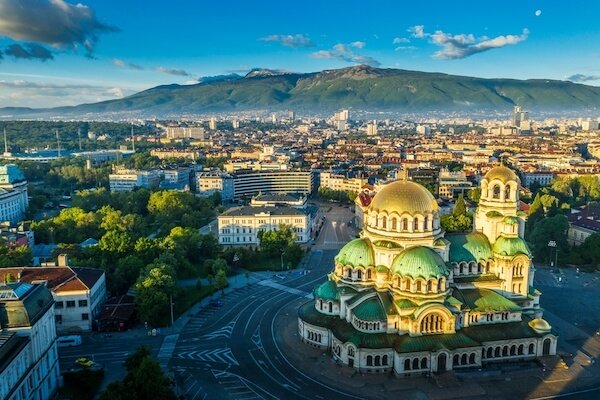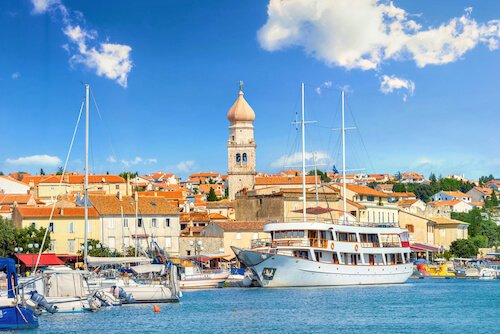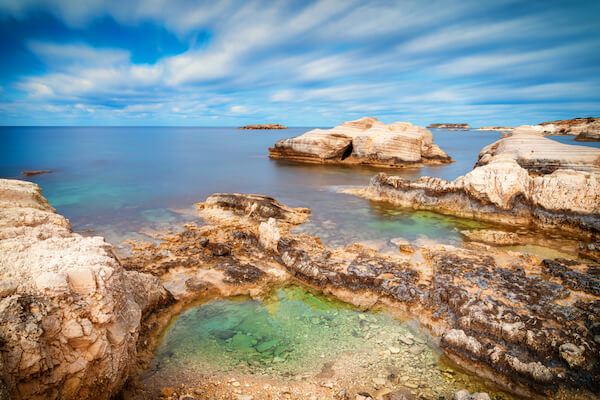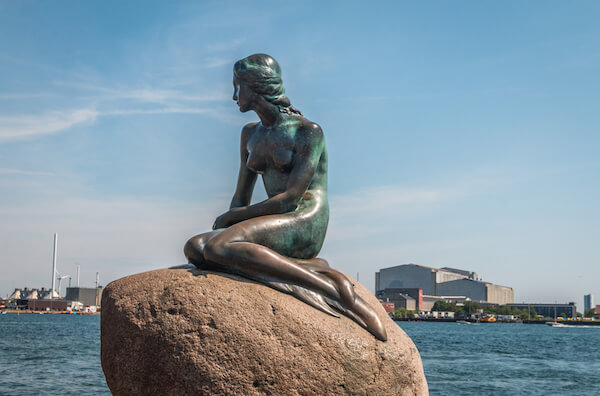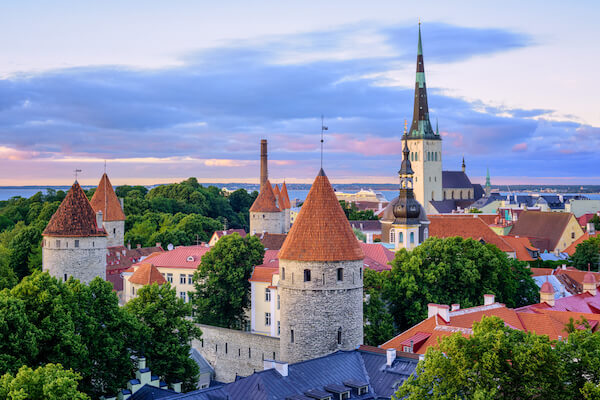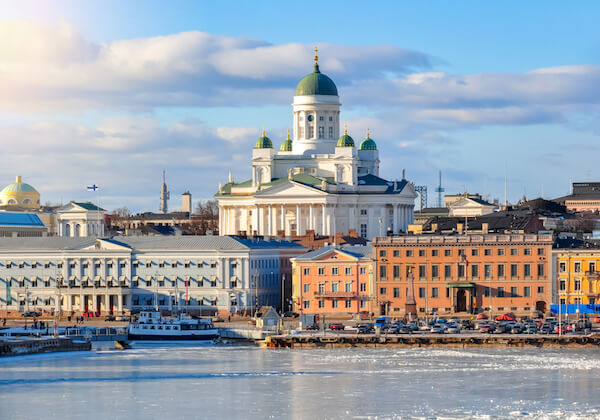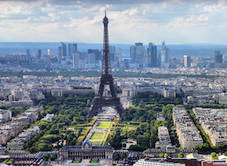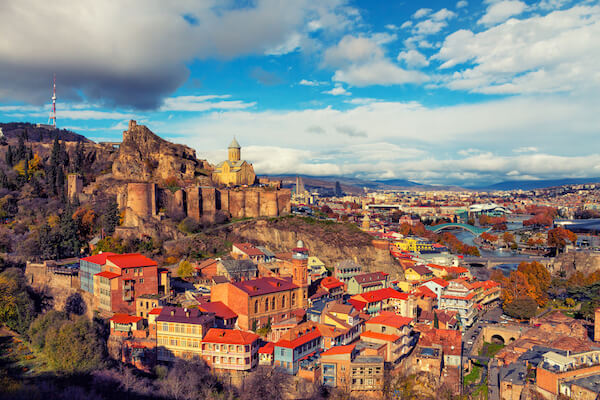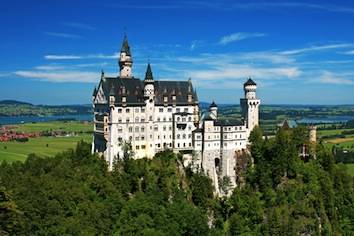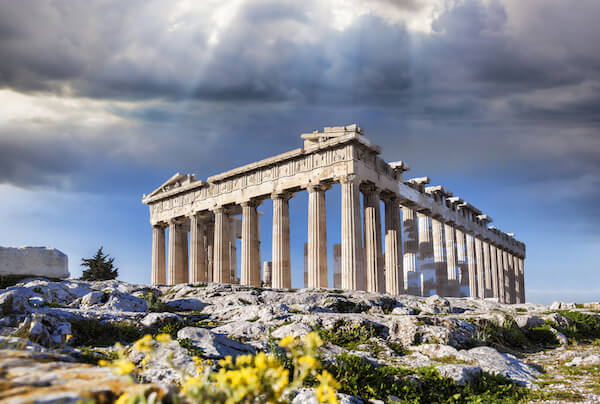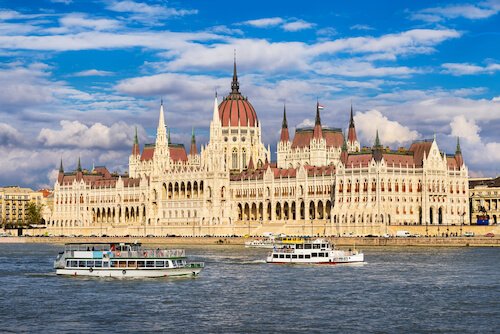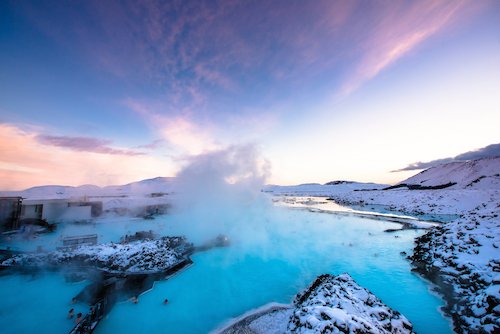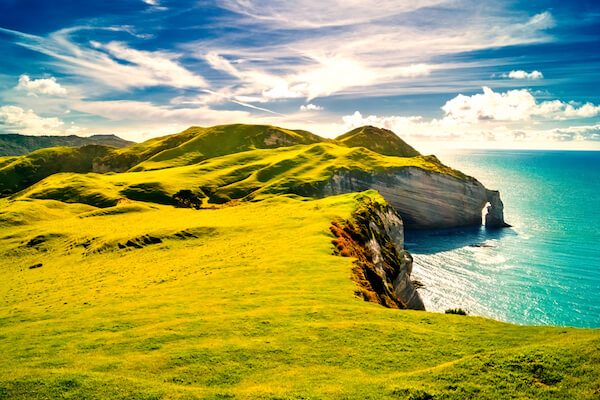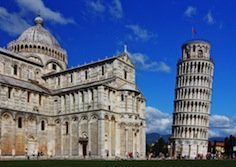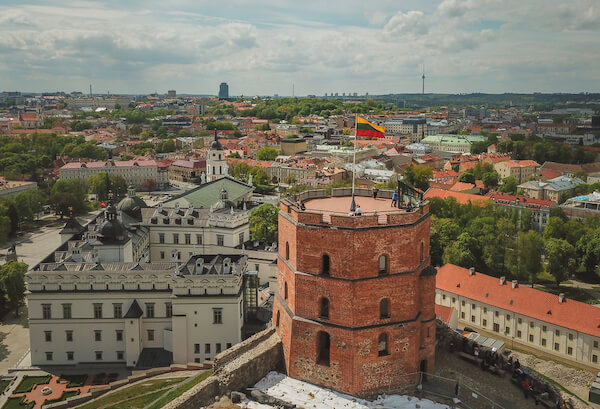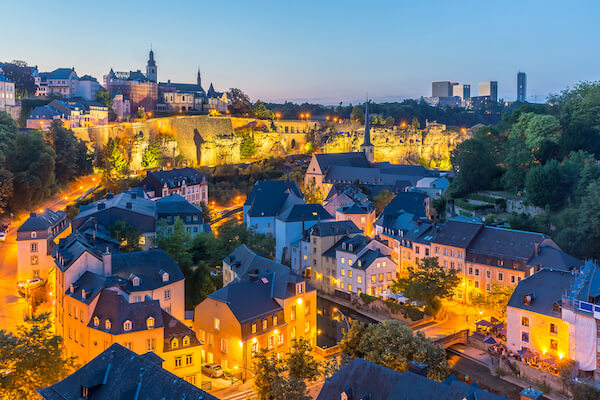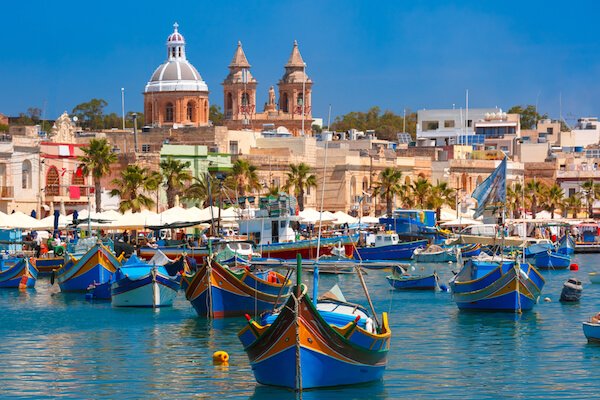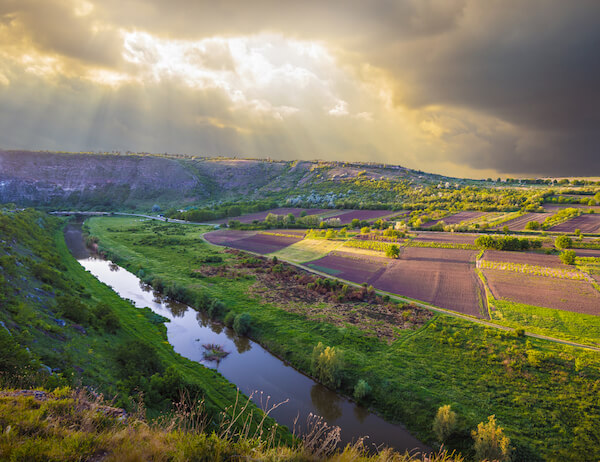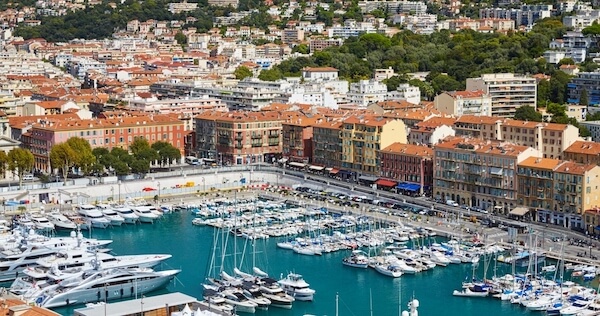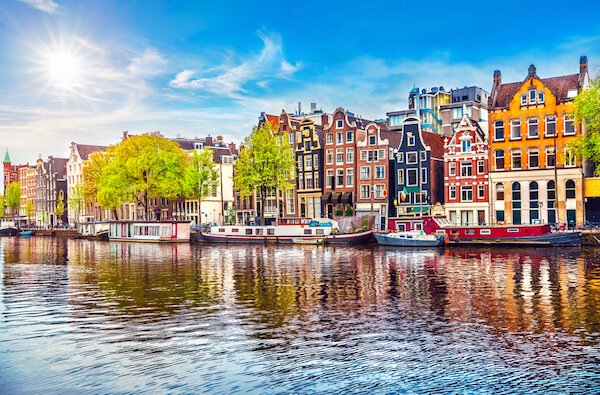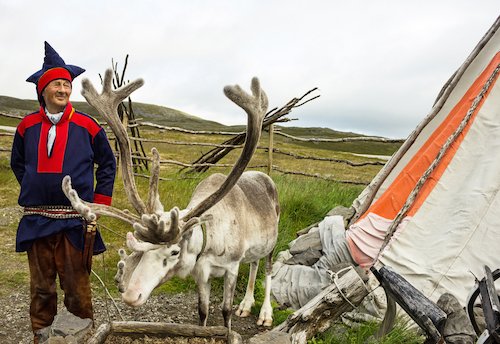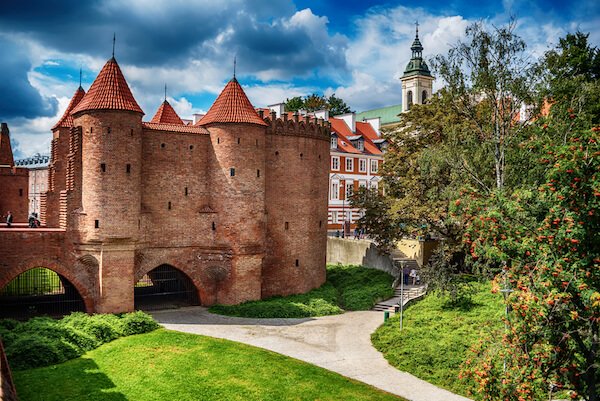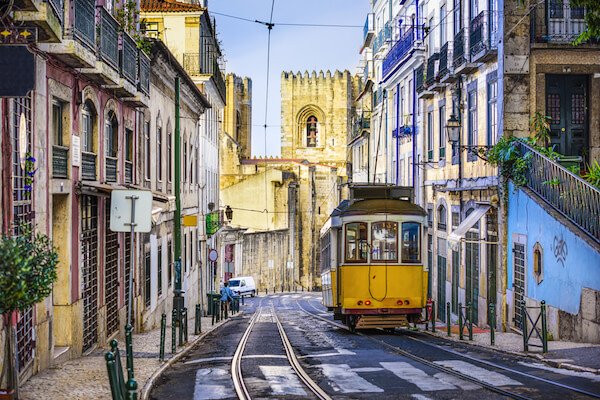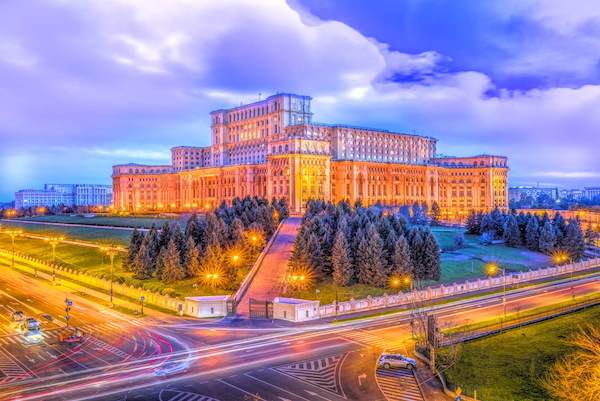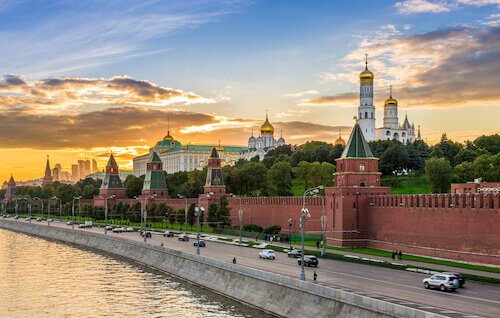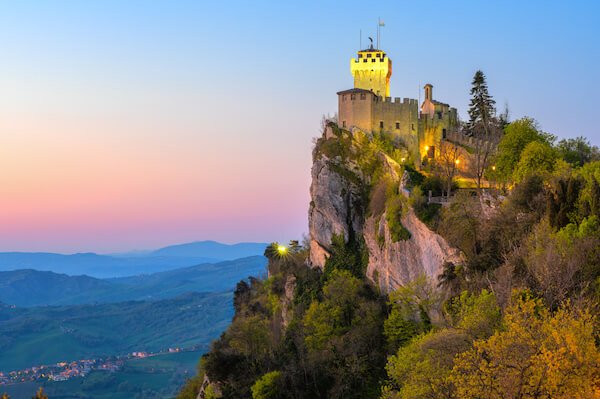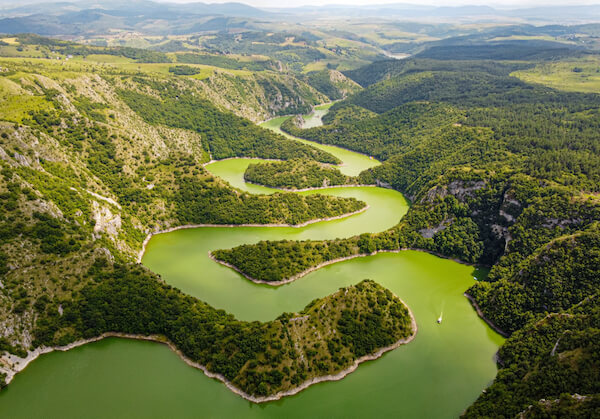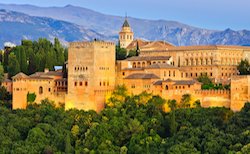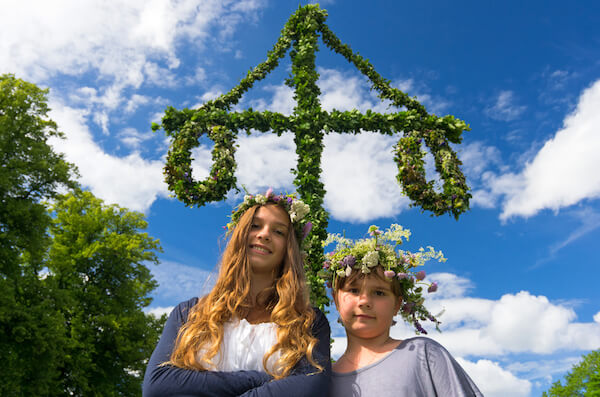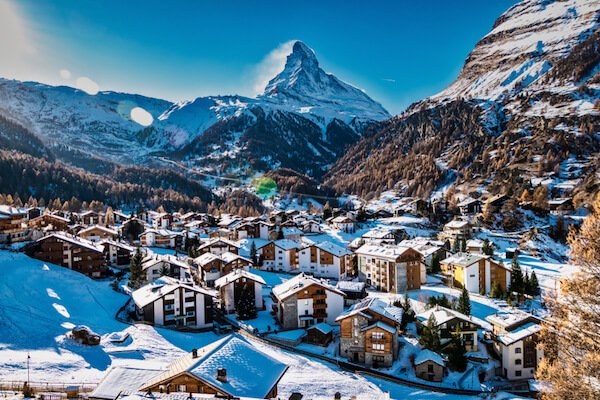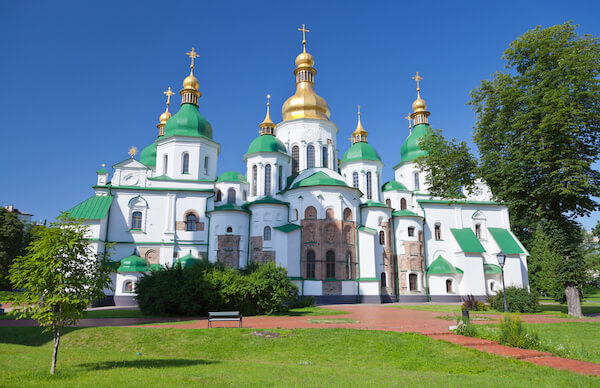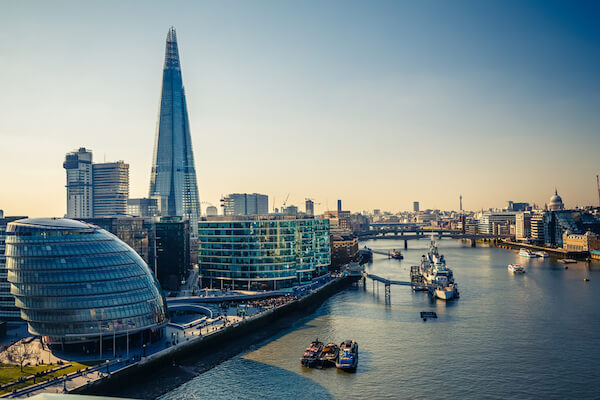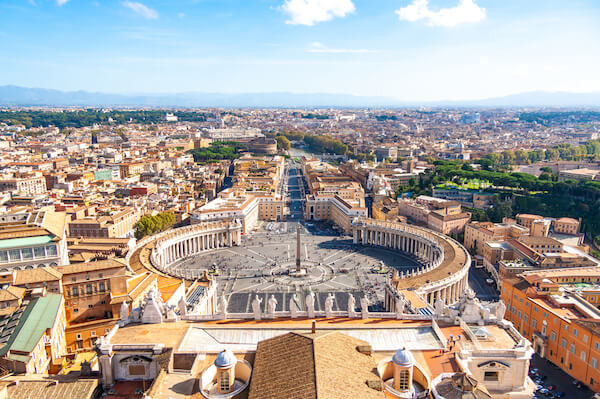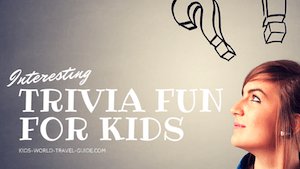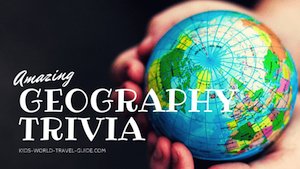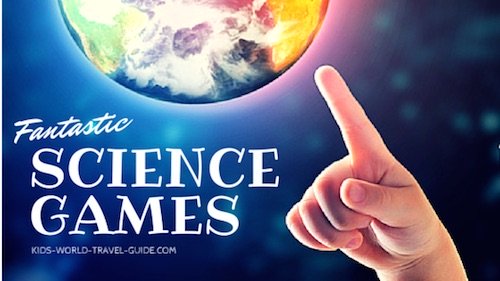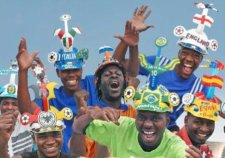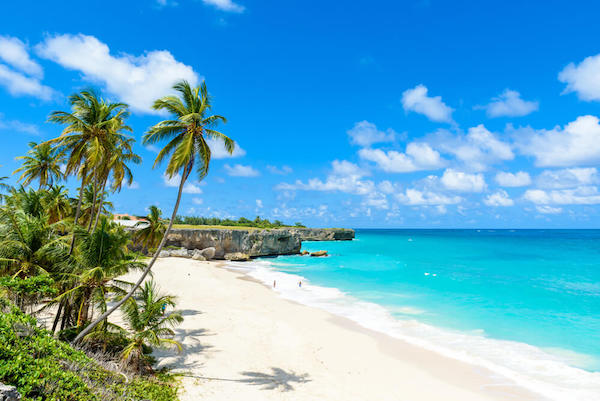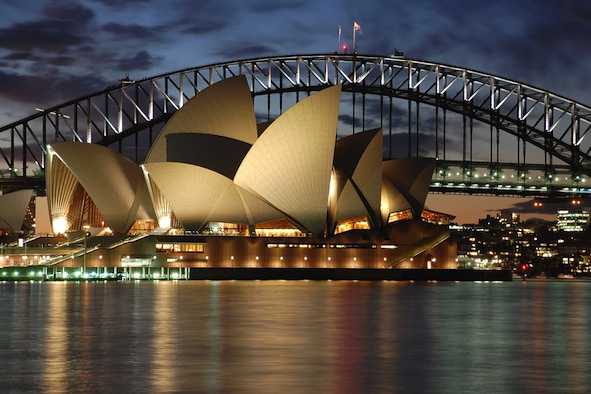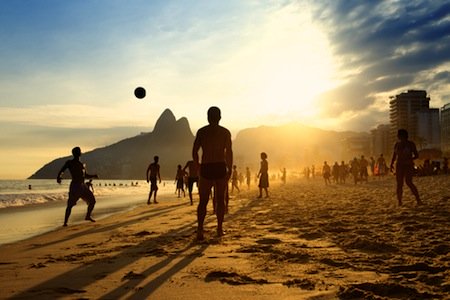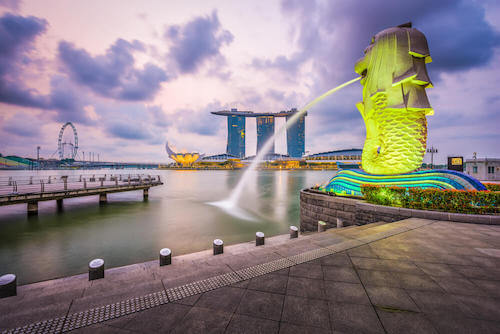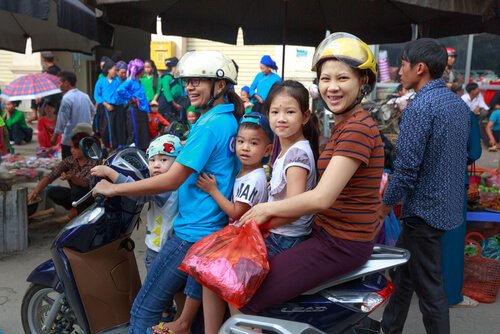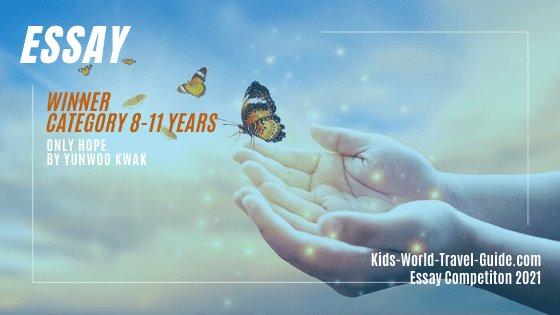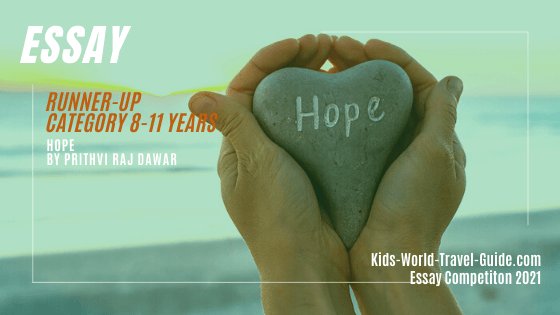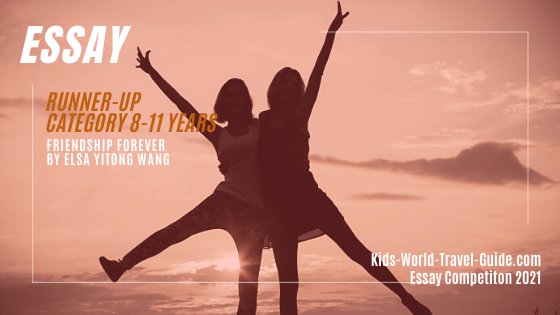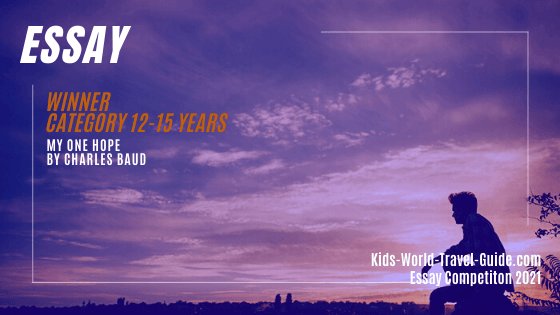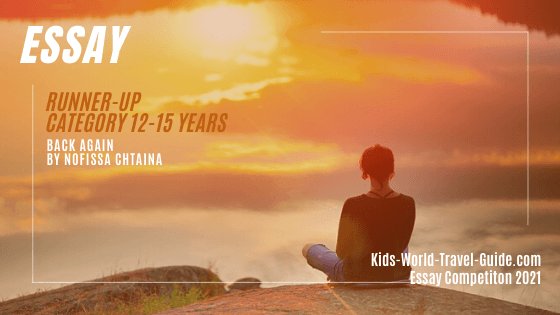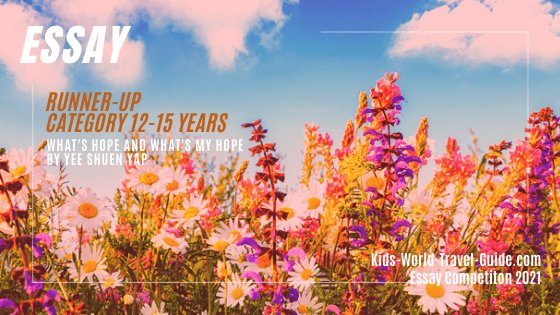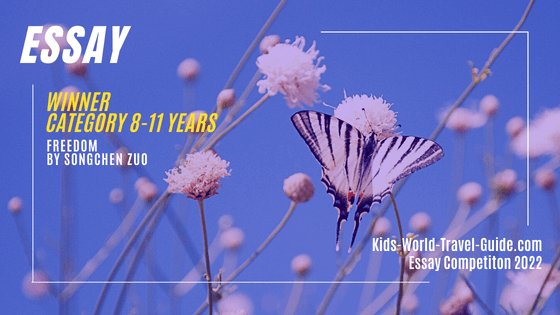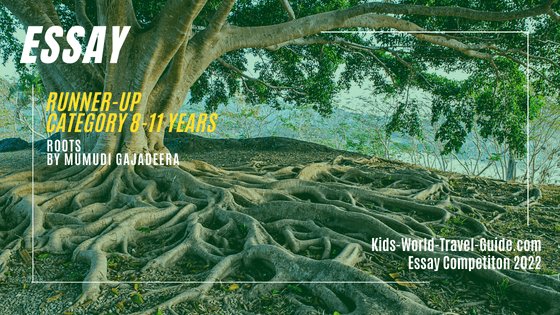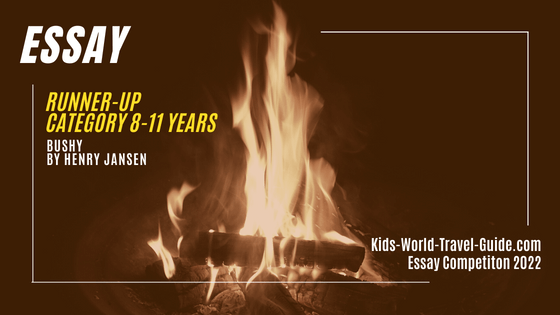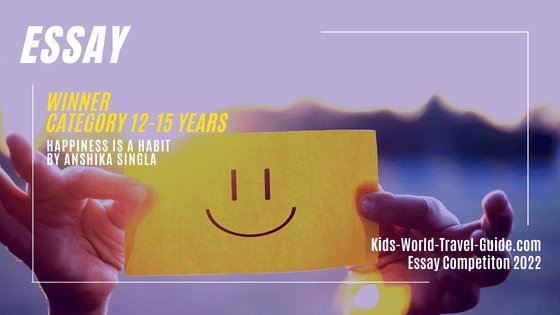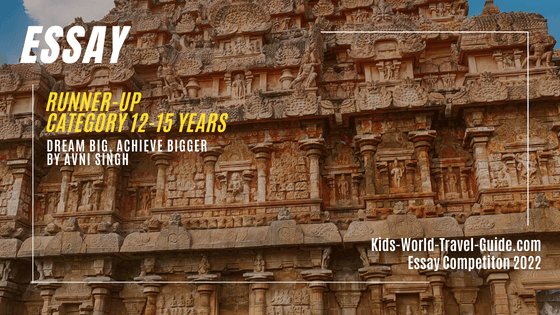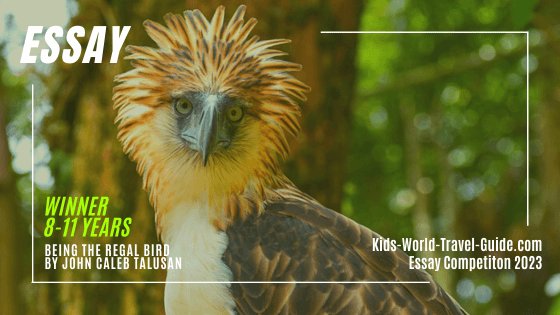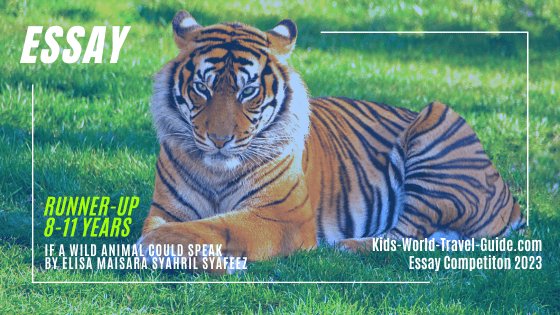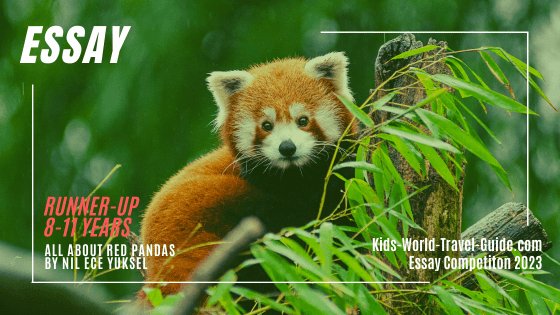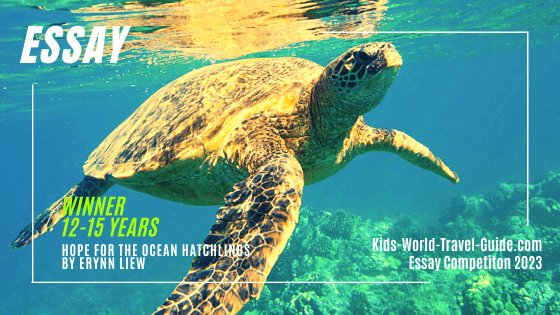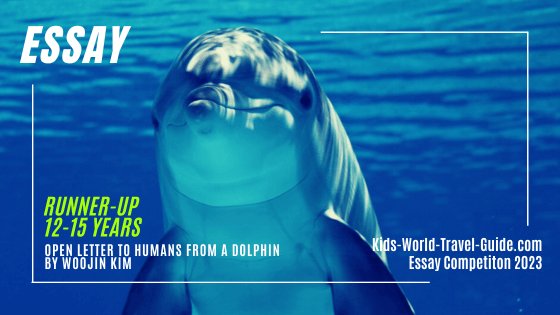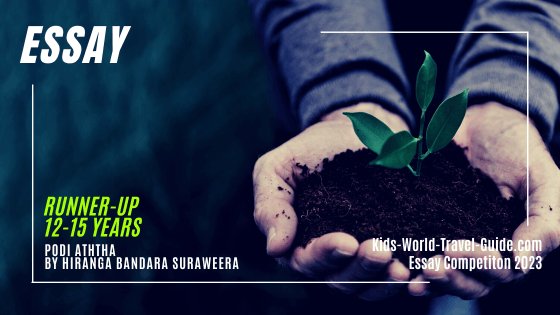Latvia Facts for Kids
Interesting Facts about Latvia for Kids
Here are some interesting Latvia Facts for kids which were chosen by and researched for children.
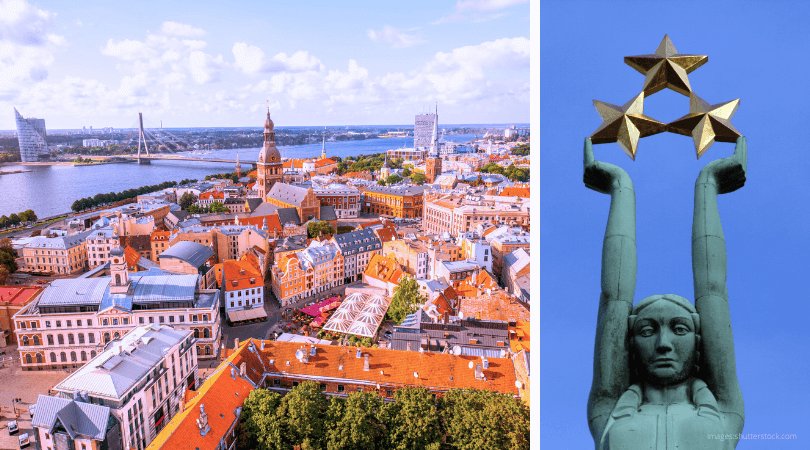 Latvia Facts for Kids: Riga and Freedom Monument
Latvia Facts for Kids: Riga and Freedom Monument- Continent: Europe
- Population: 1.9 million people live in Latvia (2024)
- Capital: Riga with 600,000 inhabitants
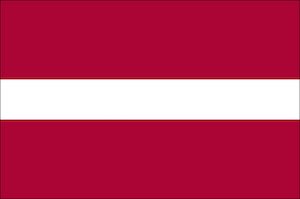 Flag of Latvia
Flag of Latvia- Name: Latvijas Republika, Republic of Latvia
- Government: parliamentary republic
- Official language: Latvian
- Literacy: 99.9% can read and write
- Religion: 64% Christians, 35% Latvians have no religious belief.
- Currency: 1 euro = 100 cents
- National Symbols: flag, coat of arms, red and white (national colours). The roe deer is the national animal in 2024
- Prime minister: Evika Siliņa (since 2023)
- President: Edgars Rinkēvičs (since 2023)
- National Anthem: Dievs, svētī Latviju! (God Bless Latvia)
- History: The first hunter-gatherer people in the region were Baltic tribes. Trade routes existed in the region for a long time when amber was traded for precious metals with the tribes living in southern and southeastern regions of Europe and Western Asia. The first mission of the Pope to convert the regional tribes to Christianity began in the 12th century. The region generally was ruled by various Baltic tribes, Poland, Sweden, Germany and Russia for many centuries. Independence from Germany and Russia was declared in 1918 and recognised in 1921. During the second World War, Latvia was occupied again by Russia and in 1944 annexed to the USSR and in 1991, independence finally was restored again.
- National Day: 18 November (Independence Day)
Latvia Geography
Where is Latvia?
Latvia lies in Northern Europe and is one of the three Baltic States. Latvia is the country in the middle as it is located between Estonia which lies to the north and Lithuania to the south.
Latvia borders the Baltic Sea of the North Atlantic Ocean and borders four countries: Estonia to the North, Russia to the East, Belarus to the Southeast and Lithuania to the South. The longest border is shared with Lithuania over 588 km/ 365 miles.
Latvia also has some low rolling hills especially in the central and northern parts of the country and there are some very dense forests, many lakes and many rivers.
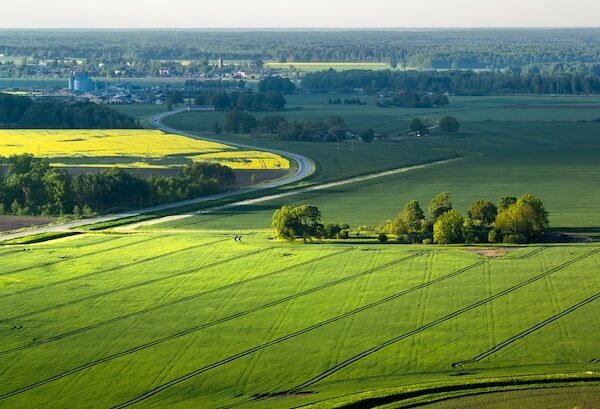 Rural landscape in Latvia
Rural landscape in LatviaMore than half of the landscape in Latvia is covered by a unique wet and sponge-like swampy ground just like mossy bogs and so-called mires. Mires are a unique type of wetland that is formed by thick layers of organic material such as peat and wet plants.
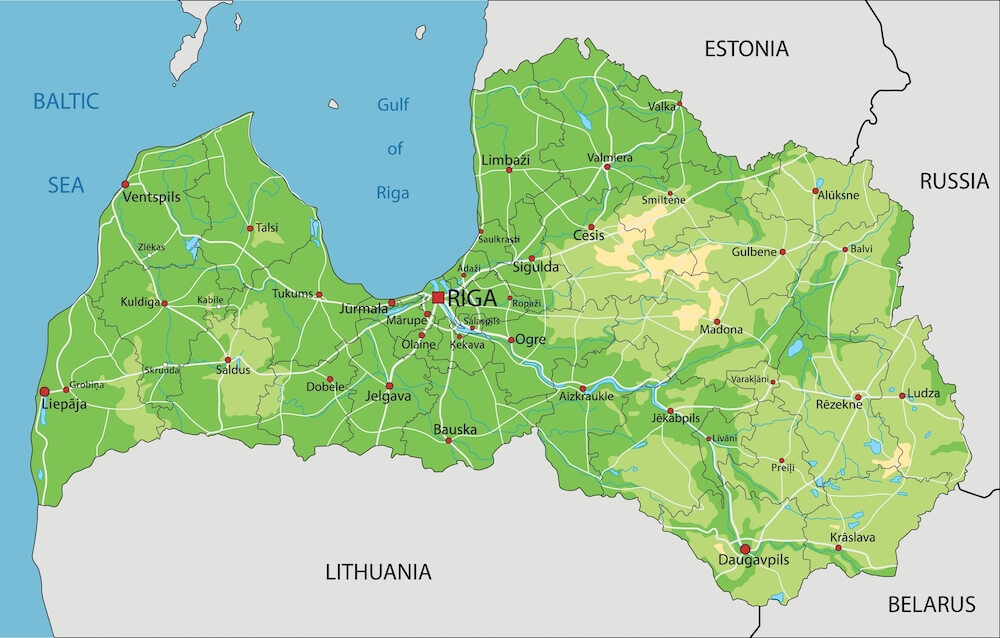 Latvia - Physical Map
Latvia - Physical MapLatvia is a bit smaller in land area than Sri Lanka or neighbouring country Lithuania. Latvia is slightly larger than the state of West Virginia/ USA.
Latvia has a temperate maritime climate with mild summers and cold winters. The climate is influenced by the Baltic Sea.
Facts about Latvia for Kids
Latvia Geo Superlatives
Here are some interesting facts about Latvia's geography:
- The largest city of Latvia is Riga, the country's capital city. Riga lies on the shores of the Daugava River.
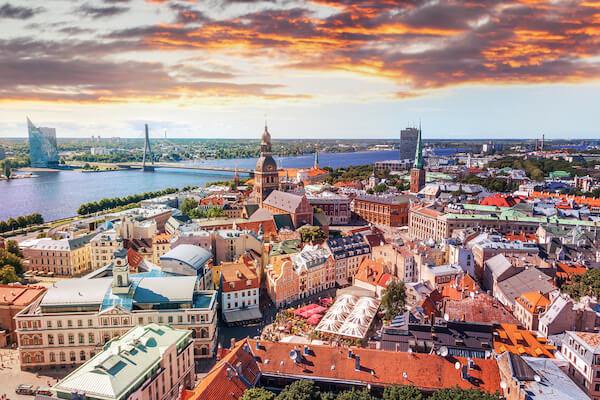 Riga is the capital city of Latvia
Riga is the capital city of Latvia- Latvia's highest point is Gaiziņkalns, the summit is only about 311 m/ 1,022 ft high. It is located in central Latvia. Most of Latvia is less than 100 m/ 330 ft above sea level.
- The longest river that runs through the country is the Daugava River but the Gauja River is the longest running entirely in Latvia. It runs through the country for about 452 km/ 281 miles. Latvia has more than 12,500 rivers!
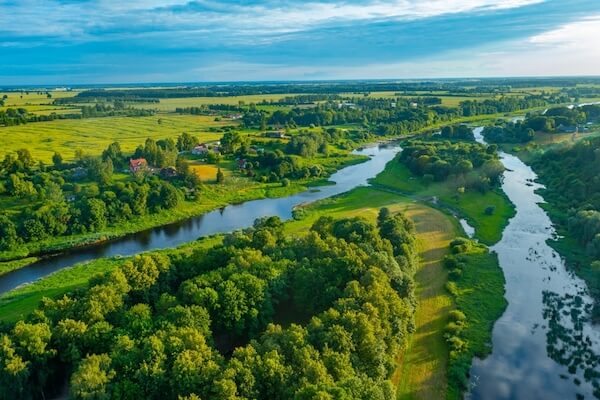 Nemunelis and Musa rivers at Bauska - image by Trabantos
Nemunelis and Musa rivers at Bauska - image by Trabantos- The largest lake in Latvia is Lake Lubāns and the deepest lake is Lake Drīzis with a depth of about 66 m/ 216 ft.
- Gauja National Park with its cliffs and caves along the Gauja River in Vidzeme is the largest and oldest national park of the country.
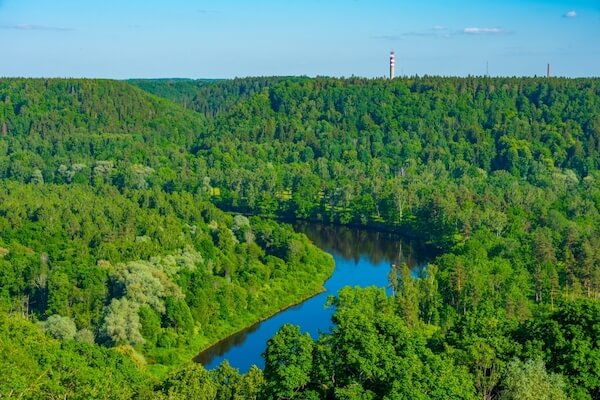 Gauja National Park
Gauja National ParkThere are also several medieval castles in this park among them Cesis Castle, Sigulda Castle and Turaida Castle. Sigulda is the main town in the national park and the scenic surrounding region is often dubbed as "Little Switzerland".
Latvia Facts | Animals in Latvia
Wildlife in Lativia includes moose, brown bears, lynxes and black storks. Wild boars, hedgehogs and foxes are also among the many other animal species. Common deer can often be spotted in late afternoon especially on the open plains along forest borders.
Wild boars are widespread throughout the country and they thrive both in forests and agricultural areas. There are about 20,000 to 30,000 wild boars in Latvia.
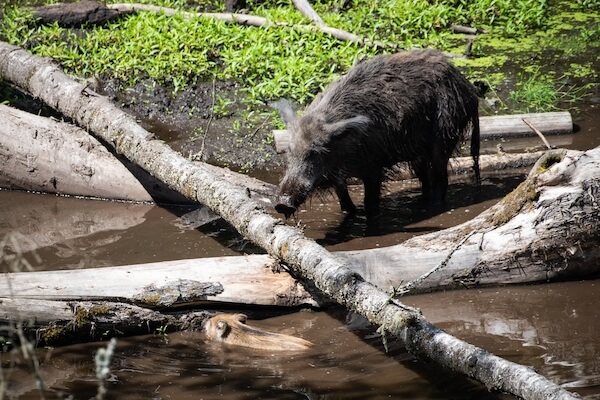 Wild boar - Can you spot the boarlet (piglet)?
Wild boar - Can you spot the boarlet (piglet)?The European bison, which once was nearly extinct, has been reintroduced to the Northern Kurzeme region. Here in central Latvia about 100 animals were reintroduced. The unique but extinct cattle called aurochs and wild horses have also been reintroduced in the country.
The two-spot ladybird is often said to be the national animal, however, there is no official national animal. The national animal of the year 2024 is the roe deer!
Swans and ducks are common animals in the many ponds, lakes and rivers of the country.
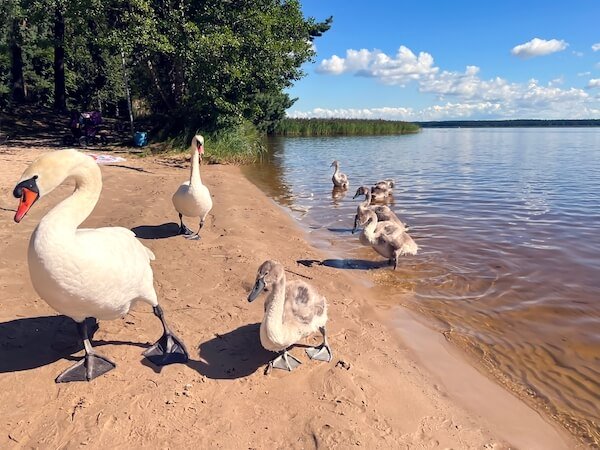 Swan couple with cygnets (baby swans)
Swan couple with cygnets (baby swans)Latvia Facts | Attractions and Landmarks in Latvia
Latvia has many fascinating landmarks and attractions for the whole family to explore.
There are three UNESCO World Heritage Sites: Riga's historic city centre, the town centre of Kuldīga as well as the Struve Geodetic Arc. See more info about the Struve Geodetic Arc on our Estonia page.
Famous sights and landmarks in Latvia include:
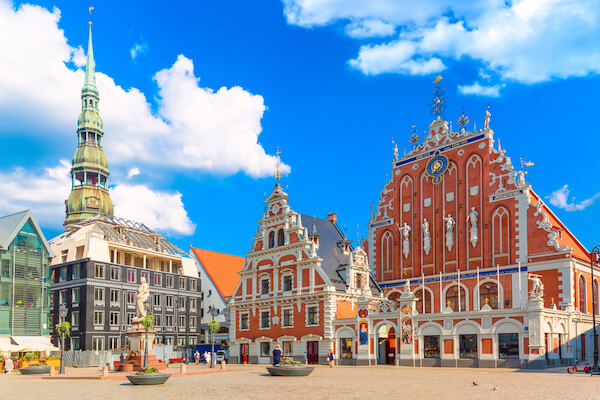 Riga's Old Town Centre with St Peter's Church
Riga's Old Town Centre with St Peter's Church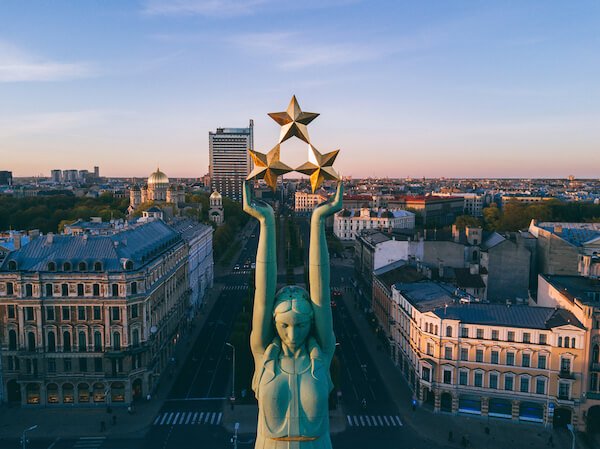 Freedom Monument in Riga
Freedom Monument in Riga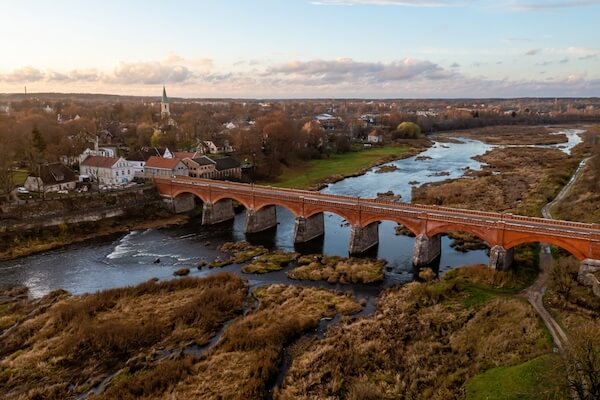 Venta Rapids - Europe's widest waterfall
Venta Rapids - Europe's widest waterfall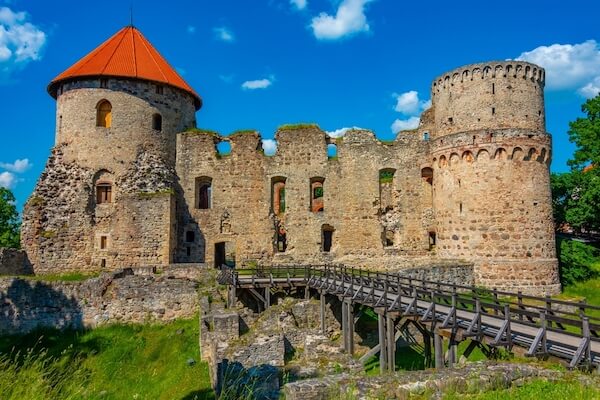 Cēsis Castle
Cēsis Castle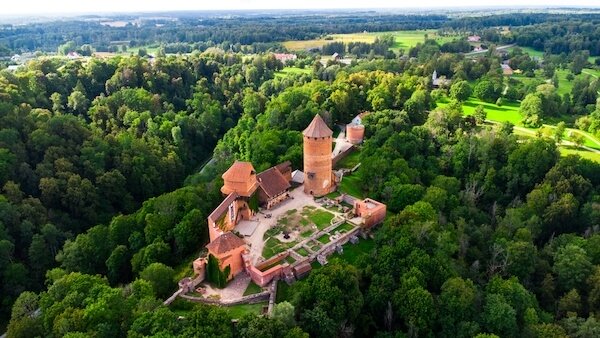 Turaida Castle
Turaida Castle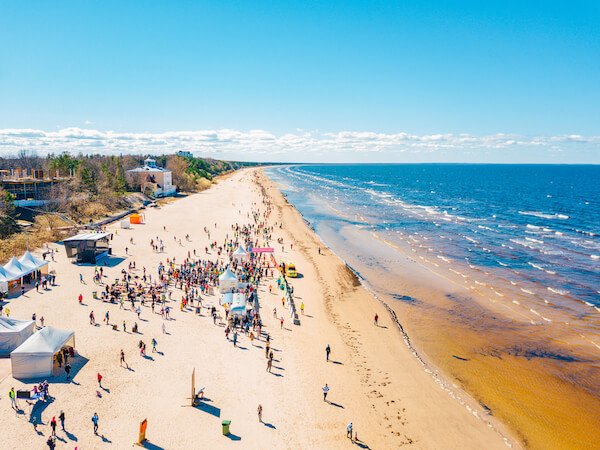 Majori Beach in Jūrmala - here the annual running festival takes place in May
Majori Beach in Jūrmala - here the annual running festival takes place in MayLatvia Facts for Kids
Latvian People
The three largest cities in Latvia are the capital city Riga, Daugavpils and Liepāja. Riga is the largest and most populous city of the country.
Most of the Latvian people are ethnic Latvians, but there are also significant Russian, Belarusian, and Ukrainian communities.
The official language is Latvian, a Baltic language which is closely related to the Lithuanian language. Livonian and Latgalian are recognised languages spoken by minorities in Latvia. Livonian is a language that is being revived, though it is extinct since 2013 when the last Livonian mother tongue speaker died.
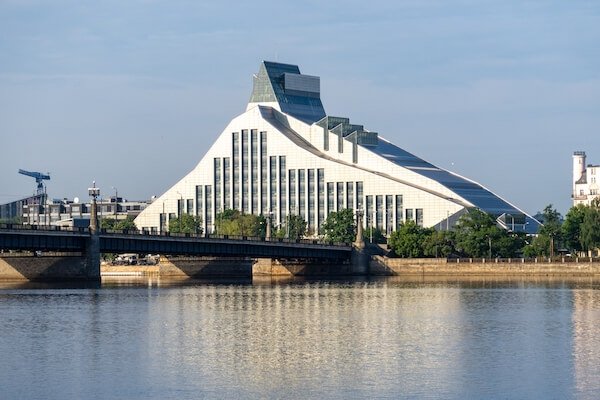 Modern National Library building in Riga
Modern National Library building in RigaLatvia has a rich cultural heritage with strong traditions in music, dance, and art. More than 1.2 million texts and 30,000 melodies of folk songs have been listed here already. The Latvian song and dance festival is an event that takes place every five years. The last festival took place in 2023 and more than 17,500 participants took part.
Almost 80% of all Latvians are Christians. The largest fellowship has the Lutheran Church (34%). The Lutheran St Mary's Cathedral is shown on the header image of this page. The Orthodox Cathedral shown on the image below is the largest orthodox church in the Baltic region.
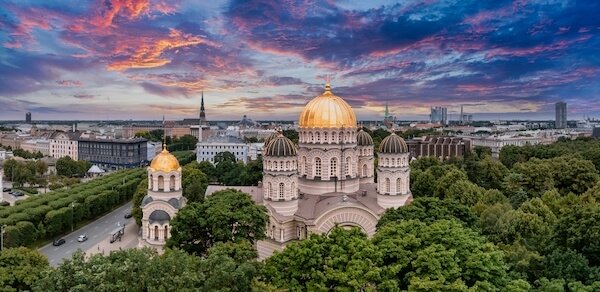 Nativity of Christ - Orthodox Cathedral in Riga
Nativity of Christ - Orthodox Cathedral in RigaIce hockey is the most popular sport in Latvia. Basketball, soccer, tennis and cycling are other popular sports in the country.
In 2026, Latvia will co-host the UEFA Futsal Championship together with Lithuania. In this tournament 16 European Futsal teams will participate. The venues will be in Riga/ Latvia and Kaunas/ Lithuania.
Latvia Facts
Latvia Economy
Latvia has a mixed economy and has a strong service sector especially in the finances sector.
Key industries include information technology, engineering, and financial services. Latvia is also known for its production of timber and wood products. Rapeseed (canola) is widely grown in Latvia.
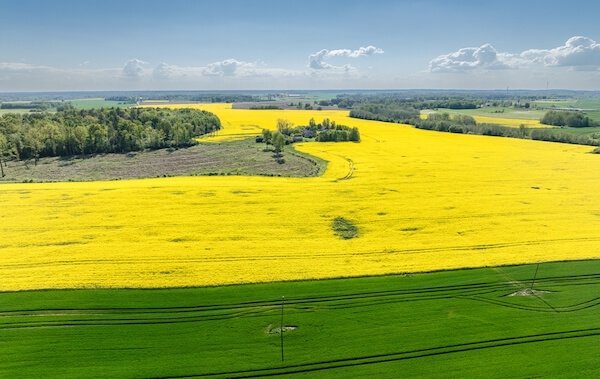 Rapeseed field in bloom in Zemgale
Rapeseed field in bloom in ZemgaleTourism is an important sector, with visitors attracted to its cultural heritage, natural beauty, and historic sites. Latvia is a member of the European Union since 2004. The currency is the euro. Before 2004 the national currency was the lats.
The main export and import partners of Latvia are Lithuania, Estonia, Germany and Poland. The main exports are wood, natural gas, wheat, broadcasting equipment and electricity.
Latvia Facts for Kids
Food in Latvia
Common dishes in Latvia contain potatoes, vegetables, pork meat or bacon or fish and seafood. A staple of Latvian cuisine is rye bread, here called rupjmaize. A dark, dense and hearty bread, this is often served in the form of a sandwich or is accompanying many meals.
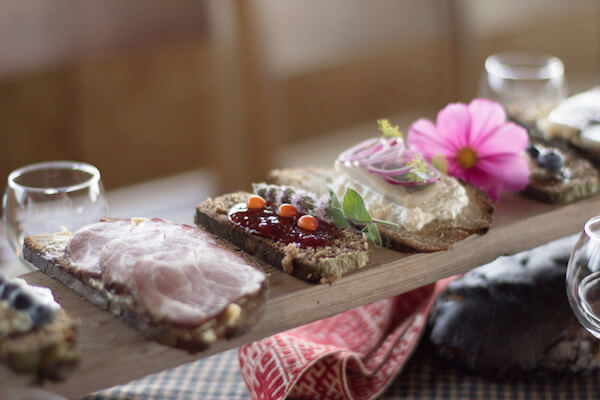 Latvian ryebread sandwiches
Latvian ryebread sandwichesHere is some other typical Latvian food:
- Pelēkie zirņi ar speķ: A traditional dish made from grey peas cooked with bacon and sometimes onions.
- Rīgas mērce: this rich meat stew is made with pork and vegetables, lots of herbs and spices.
- Skābēts piens is a traditional soup made with sour milk.
- Kartupeļu pankūkas: The crispy fried potato pancakes are typically served with apple sauce or sour cream. This is one of the most popular dishes with children in Latvia.
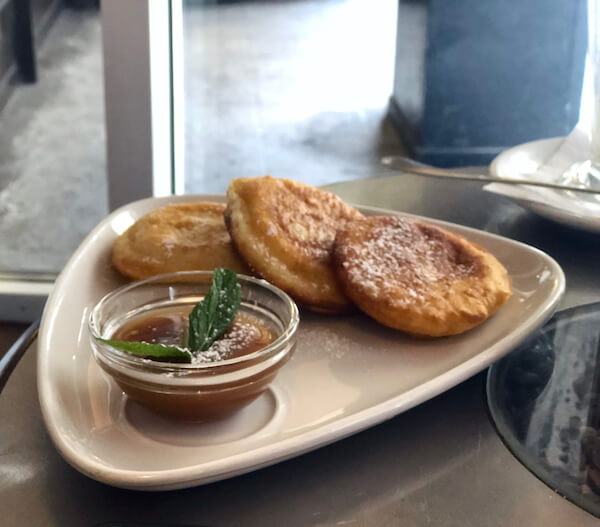 Latvian potato pancakes with apple sauce
Latvian potato pancakes with apple sauce- Desiņas: The Latvian hot dogs are similar to hotdogs around the world but these local buns with sausages are often topped with sauerkraut, but also are available with mustard or tomato sauce.
- Ogu pīrāgi: These fruity and sweet pastries are filled with berries and are often enjoyed as a dessert or as a snack.
Learn more about the Baltic States
Resources for Latvia Facts for Kids
These are useful resources for Latvia Facts for Kids:
- Central Intelligence Agency. "Latvia" World Fact Book. Updated 7 August 2024. Last accessed 17 September 2024
- Latvia Tourism. "Kuldiga." LatviaTravel. Last accessed 17 September 2024
- VisitJurmala. "Jurmala Beach Guide." VisitJurmala.lv. Last accessed 17 September 2024
- Liva. "Potato Pancakes." Latvian Easts. 29 October 2017. Last accessed 17 September 2024
- Enter Gauja. "Gauja National Park". EnterGauja. Last accessed 17 September 2024
Popular Pages
Learn more about the Nordic Countries
Images on Latvia Facts for Kids: shutterstock, sxc.hu, wikicommons and own images
Return from Latvia Facts to KidsWorldTravelGuide Homepage
***
More about Countries in Europe
Temperature in Celsius
RIGA WEATHERTemperature in Fahrenheit
RIGA WEATHERLike us
Like what you read?
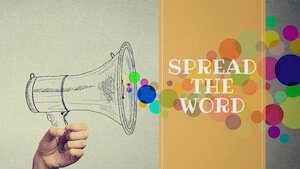
|
Would you like a link to share the information with your friends, fans and readers? Simply use the html code below. Copy and paste onto your website, blog or Facebook page: <a href="https://www.kids-world-travel-guide.com/latvia-facts-for-kids.html">Kids World Travel Guide: Latvia Facts for Kids</a> Thank You for spreading the word:-) |
